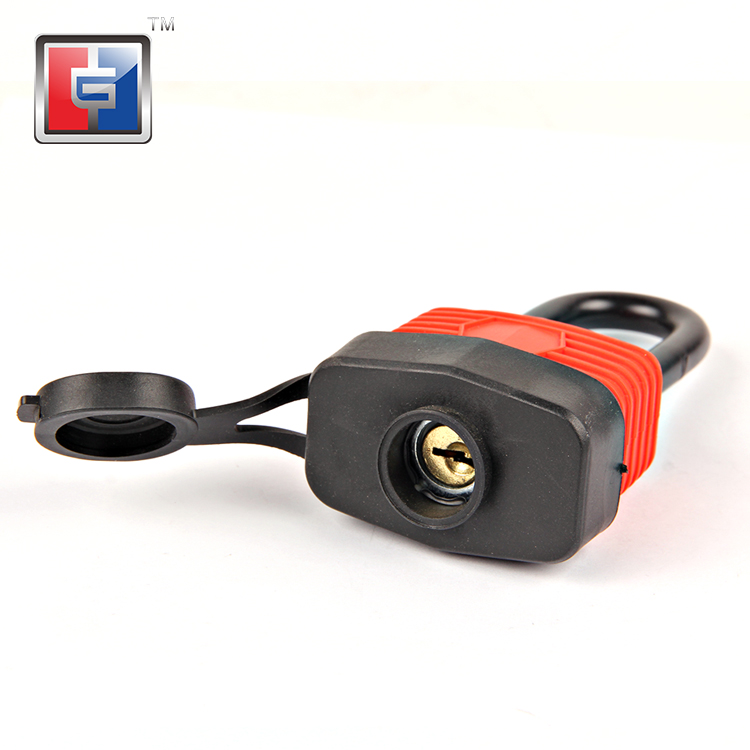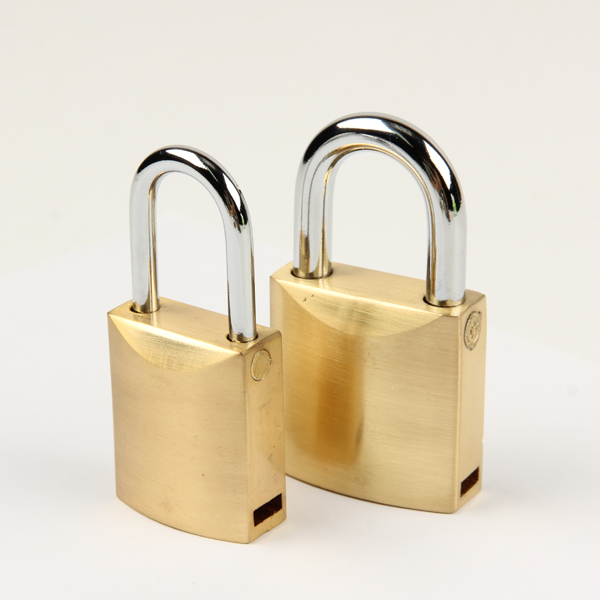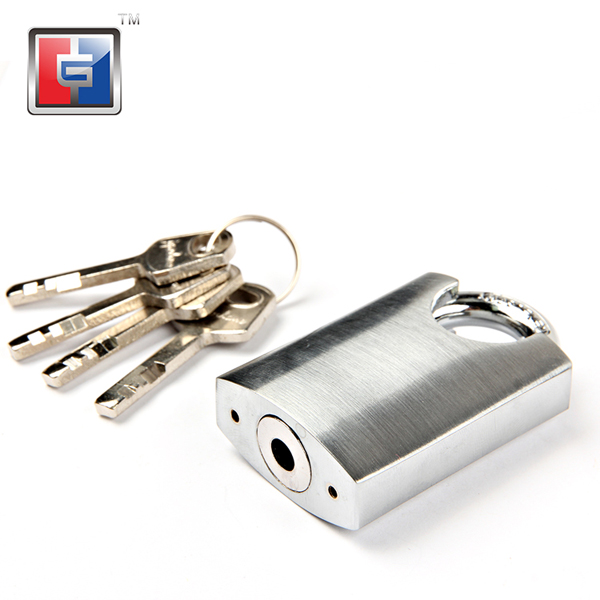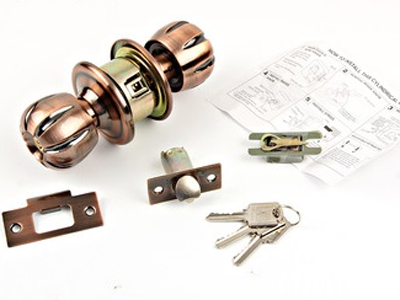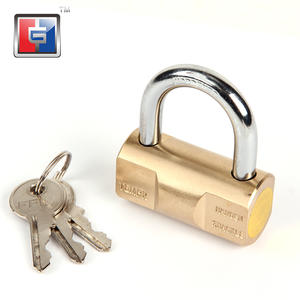The common troubleshooting methods for padlocks are organized.
Padlock is a very old lock. It can be said that other locks are derived from padlocks, so they are widely used in life. Because of its wide range of uses, there are more and more problems. The following will briefly analyze how to solve the padlock problem.
1. Common failures and elimination of locks.
Since the parts are closed in the lock body, there is no need to install the padlock when using the padlock, so failures are rarely revealed. Padlocks that are used outdoors for a long time will show failures such as the lock core and lock beam not jumping.
1. The lock core does not rotate.
When the lock cylinder is not rotating, it is locked out of the door for a long time and the lock is not often opened. As the padlock is exposed to wind and rain for a long time, rust and dirt will appear between the lock cylinder and the lock body, so that the lock cylinder cannot be rotated. Before troubleshooting, you need to take it seriously, confirm whether the key is the key to the lock, and perform troubleshooting after confirming that there is no problem.
The way to get rid of is to click in a small amount of diesel or fuel, wait a while, and then insert the key to try to open it. If it still cannot be opened, add diesel or fuel, soak for a while, and then gently twist it back and forth with the key until it can be opened. But it should be noted that you should not use excessive force to avoid breaking the key.
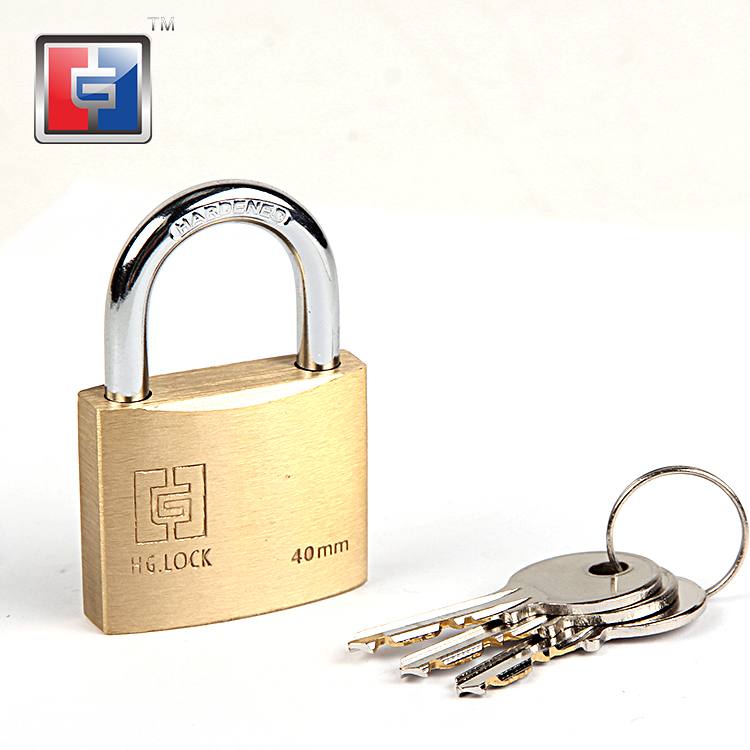
2. The key is not flexible.
When the key is used for a long time, its plugging state will become less flexible. At this time, you can sprinkle some graphite pen noodles (green gray) in the keyhole, and then switch several times. It should be noted that you must not add engine oil to the keyhole, as this will affect the movement of the marbles and will even reveal the opening failure.
3. The lock beam does not jump.
The reason why the lock beam does not jump is because the shape and position tolerance of the lock beam is too large. One side of the lock beam and the lock beam hole was exposed to squeeze phenomenon. For example, it may not open due to vibration. At this time, you can add a small amount of fuel or diesel to the lock beam, and then gently hammer until the lock beam jumps out. When the lock beam jumps out, use a soft hammer to correct the lock beam. After repairing, you can continue to use it.
4. The key breaks into the lock body.
The failure of the key to break into the lock body is the most frequent.
⑴ The key is broken into the lock body from the root, and a section is left on the chest of the lock. This phenomenon can be caught with small tweezers or needle-nose pliers.
⑵The key breaks into the lock core from its middle part and cannot be shaken out. This phenomenon is only to disassemble the seven orifice seals on the lock body, shake out the pin and extract the lock core and the broken key together, and then re-install the lock core and marbles and seal them with aluminum wire.

